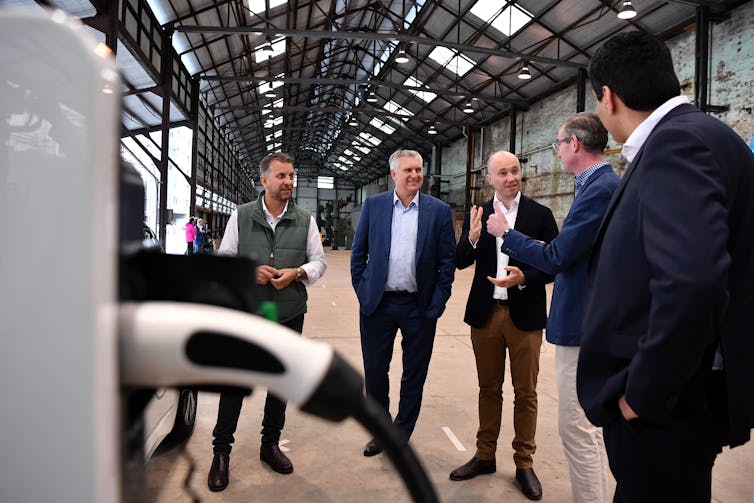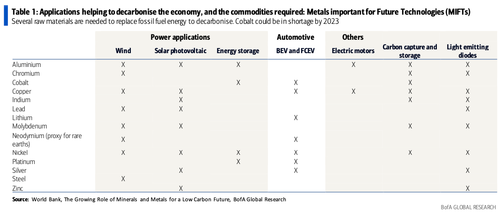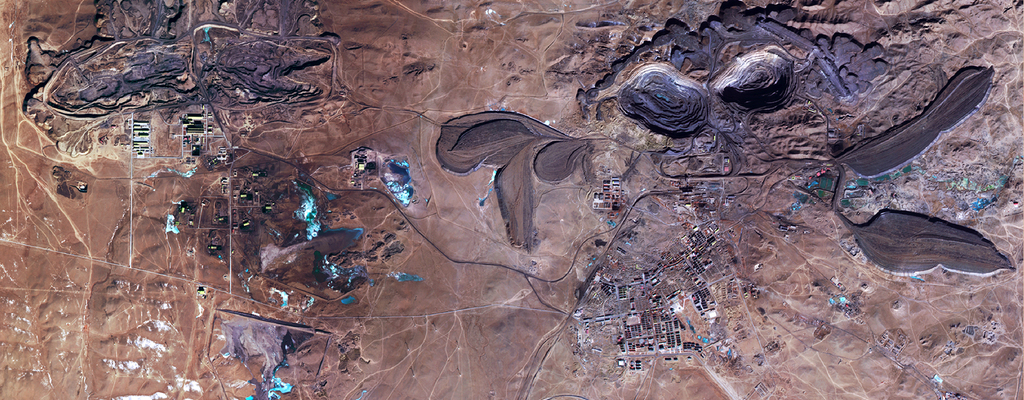Are there fundamental limits to the energy transition that will slow it down, or prevent us from decarbonizing our energy systems? Critics and skeptics of the energy transition have pointed to issues like the problems of producing key minerals, or the costs of renewable energy, or path dependency in emerging economies. Some have questioned whether renewables resources even exist in sufficient quantities to displace the existing energy system, or whether there is enough land to site the requisite new wind and solar capacity.
In this show, we tackle these questions one by one, and explain why there are no fundamental limits that will bring the energy transition to a hard stop in the decades ahead. Quite the opposite, in fact. The safest assumption now is that renewables will continue to grow exponentially, and we should be thinking about the implications of that, rather than asking how the current system can struggle to persist. We’ll also explain why the transition will actually encourage economic growth, rather than restrict it.
Our guide for this discussion is Kingsmill Bond of the Carbon Tracker clean energy think tank based in London. We review several recent reports that he and his colleagues at Carbon Tracker have produced which specifically address these questions, and show how incredibly large our resources of renewable energy and key minerals really are. We’ll also discuss why emerging economies are more likely to leapfrog over the older conventional energy systems and go straight for the new technologies of the transition.
Finally, we share a number of exciting announcements about the future direction of this show and some new features we’re making available to annual subscribers!
…click on the above link to read the rest of the article… .















